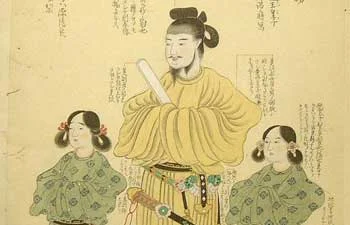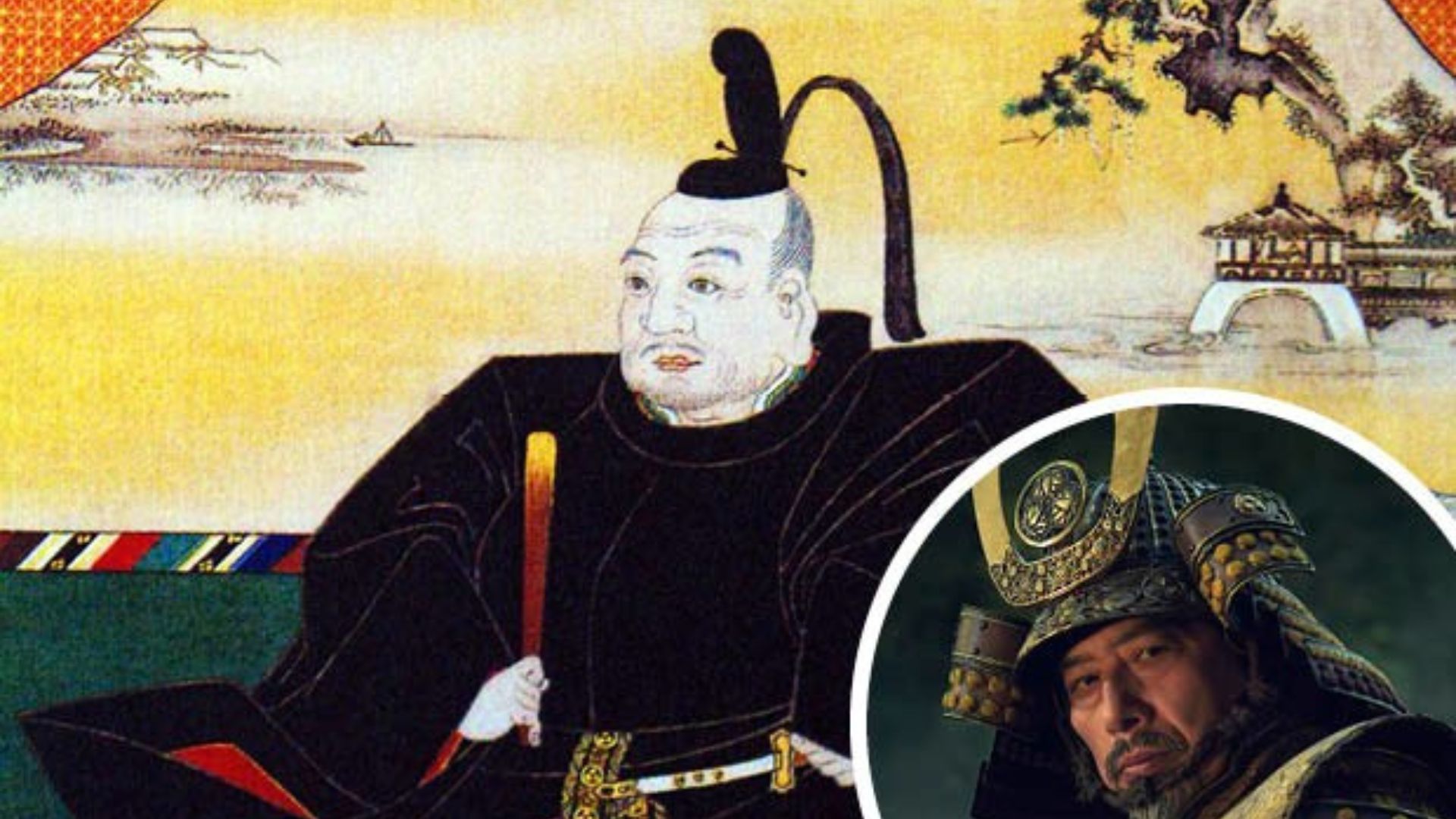Prince Shotoku (574–622) is one of Japan’s most revered historical figures, celebrated for his role in promoting Buddhism and establishing a moral and political foundation for the country. As regent to Empress Suiko, he implemented religious, political, and educational reforms that solidified Buddhism’s place in Japan’s cultural and spiritual life.
By building temples, writing the 17-Article Constitution, and fostering diplomatic relations with China, Shotoku not only secured Buddhism’s future in Japan but also shaped its early governance. This article explores how his policies and leadership helped spread Buddhism and transform Japanese society.
Prince Shotoku’s Early Life and Rise to Power
Prince Shotoku was born into the powerful Soga clan, which supported the introduction of Buddhism in Japan. At the time, Japan was divided between Buddhist advocates (Soga clan) and those who wanted to preserve native Shinto beliefs (Mononobe clan).
-
In 593, Empress Suiko appointed Prince Shotoku as regent, allowing him to take an active role in governance.
-
He studied Buddhist teachings, recognizing their value in promoting peace and stability.
-
Shotoku used his political influence to establish Buddhism as a state religion and introduce Confucian ideals into Japanese governance.
How Prince Shotoku Spread Buddhism in Japan
1. Establishing Buddhist Temples and Institutions
Shotoku oversaw the construction of some of Japan’s most important Buddhist temples, including:
-
Shitenno-ji (593): Japan’s first Buddhist temple, dedicated to the Four Heavenly Kings.
-
Horyu-ji (607): One of the world’s oldest surviving wooden structures and a UNESCO World Heritage site.
These temples became centers of Buddhist learning and practice, ensuring its long-term influence in Japan.
2. The 17-Article Constitution (604)
Shotoku’s 17-Article Constitution was one of Japan’s first political documents, blending Buddhist and Confucian principles to guide governance. Key teachings included:

-
Harmony over conflict – Encouraging unity and cooperation in government.
-
Respect for Buddhism – Establishing it as a moral compass for the nation.
-
Righteous leadership – Urging leaders to act with wisdom and virtue.
This document shaped Japan’s political and ethical philosophy for centuries.
3. Strengthening Diplomatic Relations with China
Prince Shotoku sent official envoys to China’s Sui Dynasty to study:
-
Buddhist texts and religious practices
-
Chinese government systems and administration
-
Art, architecture, and literature
These exchanges allowed Japan to refine its Buddhist institutions, making Buddhism more accessible and influential.
4. Promoting Buddhist Teachings and Education
Shotoku personally studied Buddhist scriptures and encouraged their dissemination. His efforts led to:
-
The adoption of Mahayana Buddhism, which emphasizes compassion and enlightenment.
-
The integration of Buddhist ethics into politics and daily life.
-
Greater public acceptance of Buddhism, spreading beyond the aristocracy to commoners and monks.
Prince Shotoku’s Lasting Legacy
Prince Shotoku’s contributions to Japanese Buddhism remain visible today:
-
He is revered as a Buddhist saint, often depicted in religious imagery.
-
Horyu-ji Temple still stands as a symbol of his legacy.
-
Buddhism remains one of Japan’s major religions, largely due to his influence.
-
His ethical governance principles shaped Japan’s historical development.
Conclusion
Prince Shotoku played a crucial role in firmly establishing Buddhism in Japan, transforming it into a pillar of Japanese society. His temples, teachings, and political reforms laid the groundwork for a more unified and spiritually rich Japan. As the Father of Japanese Buddhism, his legacy continues to shape Japan’s religious and cultural identity today.











